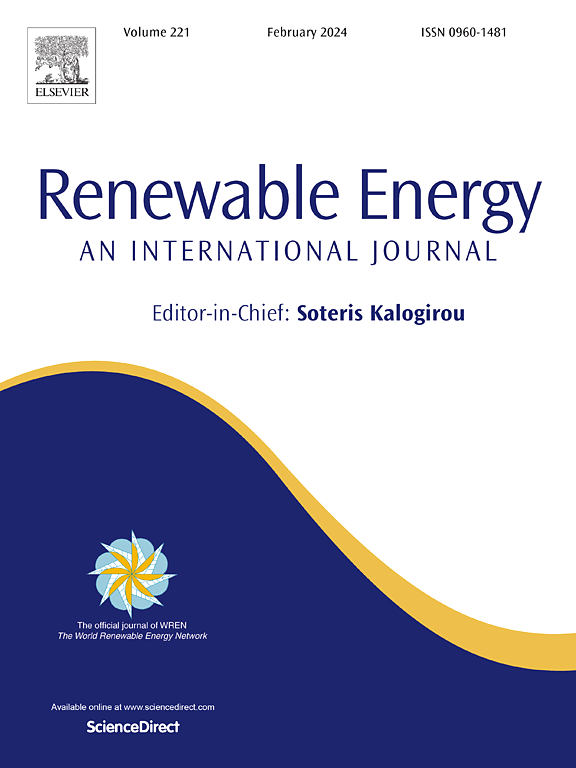Coordinated routing, charging, and power grid for electric and hydrogen vehicles with renewable energy integration
IF 9
1区 工程技术
Q1 ENERGY & FUELS
引用次数: 0
Abstract
This study introduces an innovative integrated charging infrastructure model for electric and hydrogen vehicles. The model caters to the specific needs of both vehicle types by incorporating routing and charging plans to enhance navigation and charging strategies, reducing driver range anxiety. Charging demands are predicted based on the remaining ranges and charging plans of electric vehicles (EVs) and hydrogen vehicles. Power procurement prices at each charging station are determined through competitive bidding. The model also accounts for energy accessibility from various sources such as the power grid, solar, and wind. It monitors the state of charge (SOC) at charging station batteries. Additionally, it focuses on maintaining a consistent hydrogen fuel supply for hydrogen vehicles by closely monitoring the electrolyzer and hydrogen tank to guarantee uninterrupted fuel availability. The proposed model was tested and evaluated for its effectiveness in managing the complexities of routing, charging, and grid-aware operations through three case studies.
求助全文
约1分钟内获得全文
求助全文
来源期刊

Renewable Energy
工程技术-能源与燃料
CiteScore
18.40
自引率
9.20%
发文量
1955
审稿时长
6.6 months
期刊介绍:
Renewable Energy journal is dedicated to advancing knowledge and disseminating insights on various topics and technologies within renewable energy systems and components. Our mission is to support researchers, engineers, economists, manufacturers, NGOs, associations, and societies in staying updated on new developments in their respective fields and applying alternative energy solutions to current practices.
As an international, multidisciplinary journal in renewable energy engineering and research, we strive to be a premier peer-reviewed platform and a trusted source of original research and reviews in the field of renewable energy. Join us in our endeavor to drive innovation and progress in sustainable energy solutions.
 求助内容:
求助内容: 应助结果提醒方式:
应助结果提醒方式:


